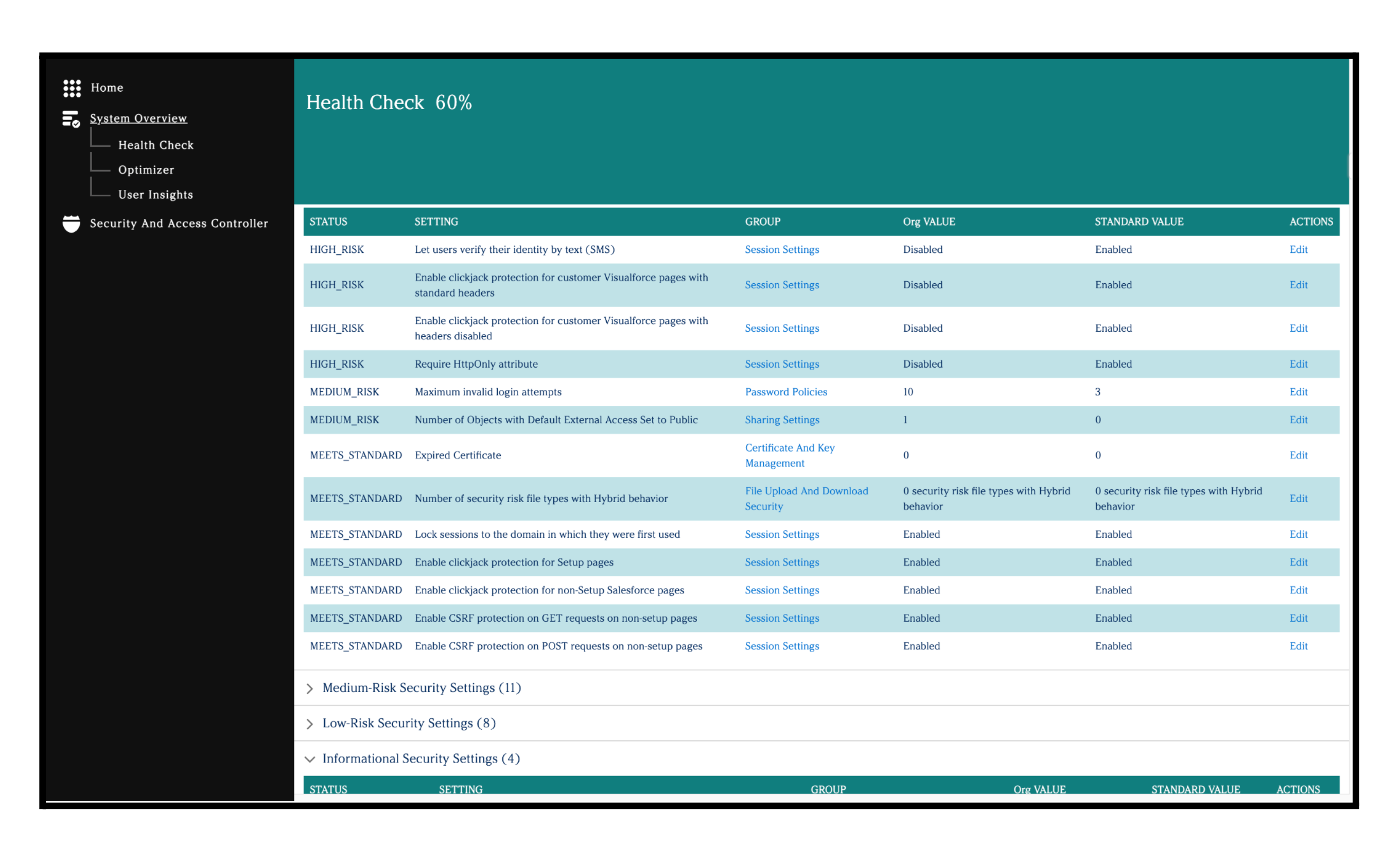Salesforce recently made a significant announcement regarding the retirement of permissions on profiles with the arrival of the Spring ’26 release, permissions on profiles will be retired, and permission sets will become the primary method for granting permissions and access. This change has far-reaching implications for administrators and organizations relying on profiles to manage security and access control within their Salesforce org. This article will discuss the implications of this retirement for you as well as how the robust Salesforce app “UtilExchange” can speed up the process of controlling access to profiles, classes, fields, and objects.
The Retirement of Permissions on Profiles
Traditionally, Salesforce has used profiles as a primary means of controlling user access and permissions. However, as Salesforce continues to enhance its platform, they have decided to retire the permissions-based model for profiles. This retirement is aimed at providing more flexibility and granularity in managing security and access control within the organization.
On top of that, Alex struggled with managing change orders effectively. The existing system lacked a streamlined process, resulting in confusion and errors when implementing modifications. Meanwhile, having the documents legally signed by appropriate entities became a strenuous process. It was clear that a comprehensive inspection solution was desperately needed to address these pain points.
What Does This Mean for You?
For organizations heavily relying on profiles to manage permissions, this change may require a significant shift in their approach to security and access control. Moving forward, Salesforce recommends adopting a permission set-based model, which offers enhanced flexibility and granularity in assigning permissions to users.
What will remain on a profile?
One-to-one relationships—login hours/IP ranges
Defaults—record types, apps
Page layout assignment—The future is App Builder/Dynamic Forms so we will not invest in bringing page layout assignments to permission sets.
What will be available only on permission sets after EOL
1. User permissions
2. Object permissions
3. Field permissions
4. Tabs
5. Record types
6. Apps
7. Connected app access
8. Apex classes
9. Visualforce pages
10. Custom permissions
Although profiles will still be around, permissions on them will no longer be available and will instead only be available on permission sets.
Introducing UtilExchange: Simplifying Security and Access Control EOL
To address the challenges associated with managing permissions in Salesforce, UtilExchange comes to the rescue. UtilExchange is a powerful Salesforce app designed to streamline the process of managing permissions for profiles, classes, fields, and objects within the platform.
Key Features of UtilExchangeEOL
Unified and Intuitive Interface: UtilExchange provides a user-friendly interface that eliminates the need for multiple clicks in Salesforce setup. It offers a centralized hub to view and manage permissions across various components in one place.

Simplified Permission Management: With UtilExchange, admin users can easily assign, modify, or revoke permissions for different profiles, classes, fields, and objects. This streamlines the permission management process and reduces the risk of errors.

Enhanced Visibility: UtilExchange offers comprehensive visibility into the permission assignments, allowing administrators to quickly identify and analyze the access control landscape within their Salesforce org. This visibility helps ensure compliance and security best practices are met.
Bulk Operations: UtilExchange empowers administrators to perform bulk operations on permissions, making it easier to make changes across multiple profiles, classes, fields, or objects simultaneously. This saves valuable time and effort for admins, increasing their productivity.
Audit Trail and Version Control: UtilExchange provides an audit trail and version control mechanism, allowing administrators to track changes made to permissions over time. This helps maintain a historical record and facilitates compliance auditing.

Conclusion
As Salesforce transitions away from permissions on profiles, it is crucial for organizations to adapt to the new permission set-based model. UtilExchange offers a comprehensive solution to simplify the process of managing permissions, reducing complexity, and minimizing the risk of errors. By leveraging its unified interface and intuitive features, administrators can streamline security and access control in their Salesforce org with ease.
Embrace the future of permission management with UtilExchange and ensure your Salesforce org remains secure, compliant, and efficient.
Have queries? Don’t worry, we got you covered! Reach out to us at [email protected] or simply visit us at www.areya.tech to know more about us!









